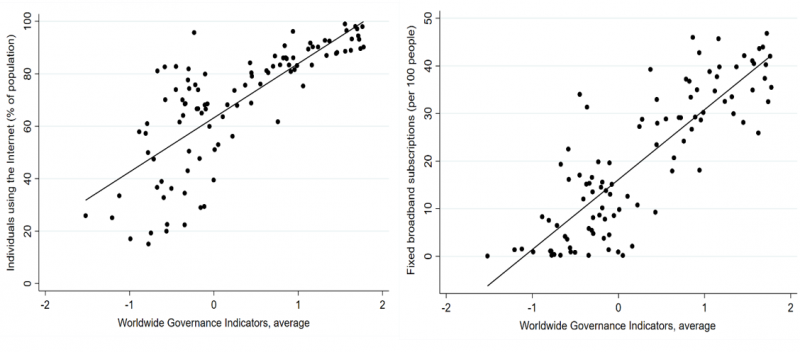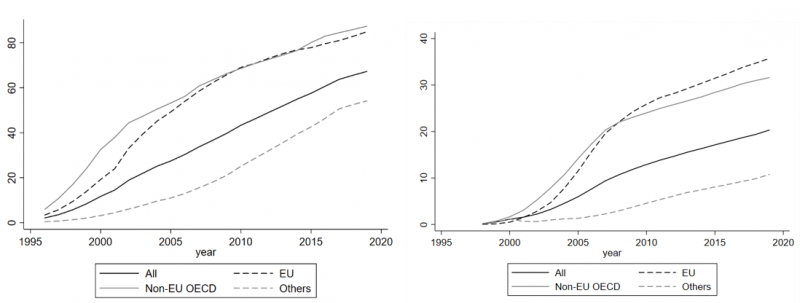Based on: Baccianti, C., Labhard, V. and Lehtima ki, J. (2022). Digitalisation, Institutions and Governance, and Diffusion: Mechanisms and Evidence. ECB Working Paper series, 2675.
References
Baccianti, C., Labhard, V. and Lehtimäki, J. (2022). Digitalisation, Institutions and Governance, and Diffusion: Mechanisms and Evidence. ECB Working Paper series, 2675.
Geroski, P. A. (2000). Models of technology diffusion. Research Policy, 29(4-5):603–625
Goldfarb, A. and Tucker, C. (2019). Digital economics. Journal of Economic Literature, 57(1):3–43.
Milkau, U. and Bott, J. (2015). Digitalisation in payments: From interoperability to centralised models? Journal of Payments Strategy and Systems, 9(3):321–340.
Young, H. P. (2010). Innovation diffusion in heterogeneous populations: Contagion, social influence, and social learning. American Economic Review, 99(5):1899–1924







